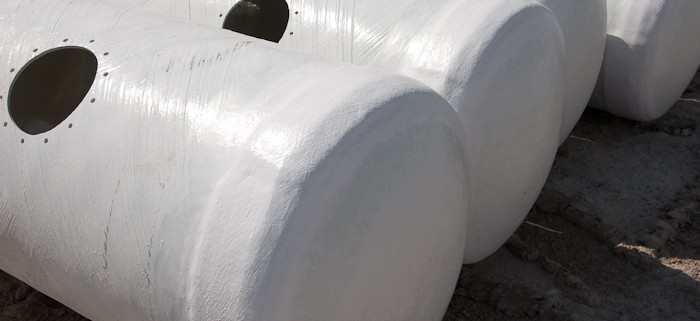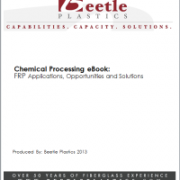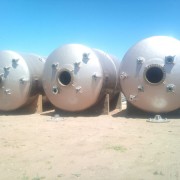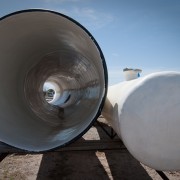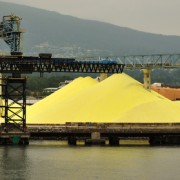Choosing Corrosion Resistant Resin: 11 Things You Should Know
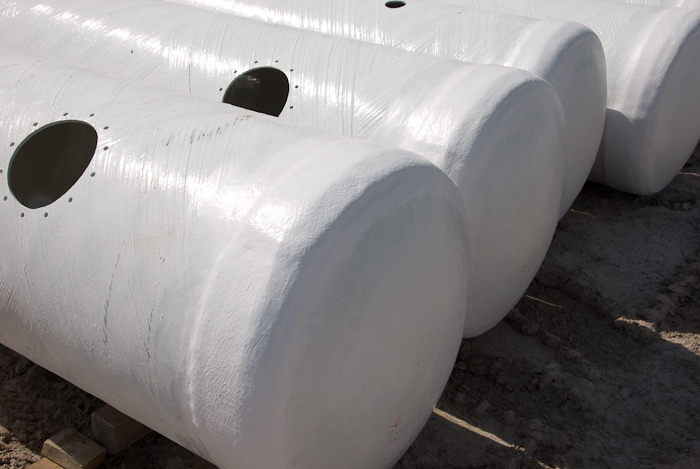 Fiber Reinforced Polymers (FRP) use has grown tremendously over the past seven decades in oil and gas, chemical processing, pulp and paper, mining and minerals, wastewater treatment, water treatment, desalination, and power generation—to name a few. One of the primary reasons FRP has gained so much traction is that it has superior corrosion resistance when compared to other construction materials such as stainless steels, carbon steels, titanium, aluminum, and nickel alloys. That being said, there are a wide range of corrosive environments throughout many industries and as such special requirements must be taken into consideration when designing/formulating FRP to endure optimal performance.
Fiber Reinforced Polymers (FRP) use has grown tremendously over the past seven decades in oil and gas, chemical processing, pulp and paper, mining and minerals, wastewater treatment, water treatment, desalination, and power generation—to name a few. One of the primary reasons FRP has gained so much traction is that it has superior corrosion resistance when compared to other construction materials such as stainless steels, carbon steels, titanium, aluminum, and nickel alloys. That being said, there are a wide range of corrosive environments throughout many industries and as such special requirements must be taken into consideration when designing/formulating FRP to endure optimal performance.
When requesting corrosion resistant resin recommendations for FRP equipment applications, users or specifiers should be prepared to supply the following data:
- All chemicals to which the equipment will be exposed: feedstocks, intermediates, products and by-products, waste materials, and cleaning chemicals
- Normal operating concentrations of chemicals, maximum and minimum concentrations (including trace amounts)
- pH range of the system
- Normal operating temperatures of the equipment, maximum and minimum temperatures
- Duration of normal, maximum and upset operating temperatures
- Abrasion resistance and/or agitation requirements
- Equipment size
- Manufacturing methods
- Flame retardance requirements
- Thermal insulation requirements
- Vacuum Specifications
Source: Ashland Resin Selection Guide
Please contact us today to learn more.

